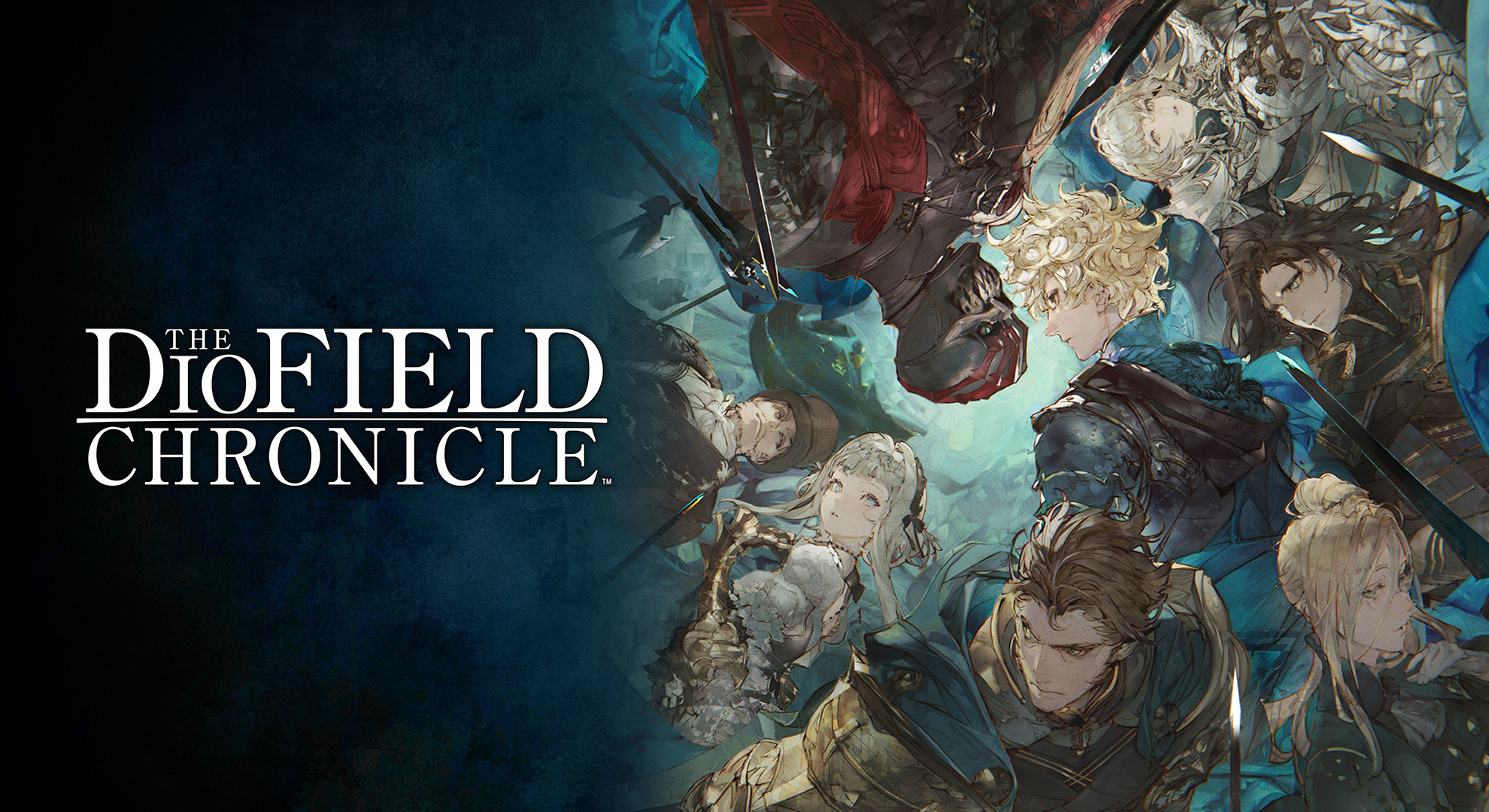
The DioField Chronicle review
This is a review of Square Enix’s completely new simulation RPG “The DioField Chronicle“. A trial version has already been released, so you can try it before purchasing.
It’s a simulation RPG…
The official website describes it as “Real-Time Tactical Battle”.
I think many people feel the RTS (real-time strategy) feeling from its appearance, but to put it bluntly, it is like an RTS-like RPG.
This game is a stage-based game where you select a mission from the map, and the time per mission is quite short, and you can only spawn up to 4 units until the end of the game, so I have the impression that there is no depth in terms of strategy.
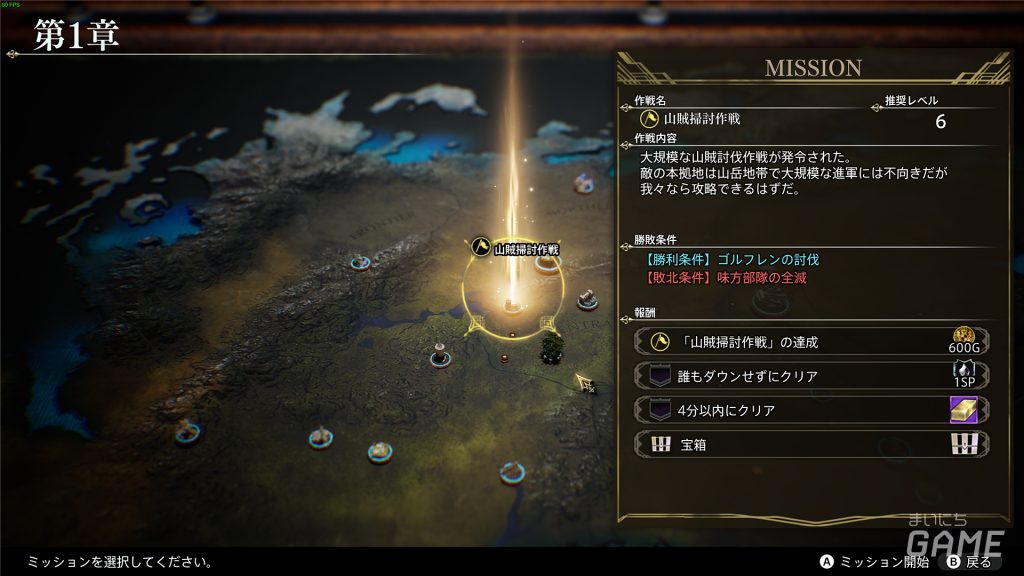
In addition, only up to a total of eight members of each unit’s captain and adjutant may go into battle, and the appointment of an adjutant only gives access to the skills of the character in charge of that adjutant, and does not affect the parameters of the unit itself.

There are up to 6 skills including the captain and adjutant, but if you use any one skill, all the skills will cool down, so the skills you use tend to be limited to those that are useful or strong, and the so-called skill performance difference is clear (in a bad way, the balance is terrible), so it will be used even more limitedly.
In terms of RPGs, we’ll talk about levels later, and then gear, with two fixed weapon types and accessories for each character.
Each character has different abilities, and even characters with the same weapon are differentiated here, but to be honest, the difference is small and it is difficult to say that they have succeeded.
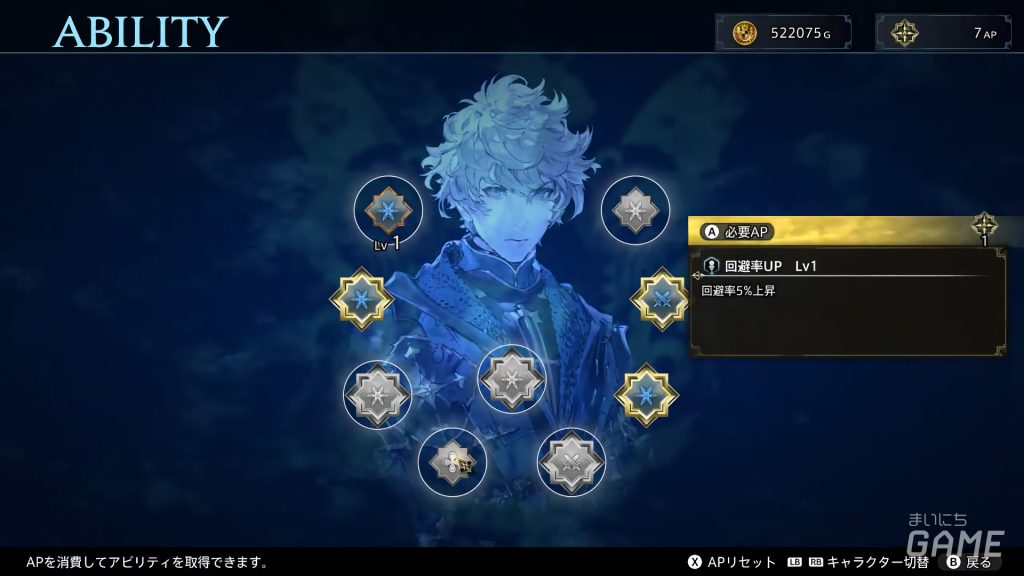
Skills are set for weapons, and there are a maximum of 3 for each weapon and 5-6 for each weapon type, which is not a lot.
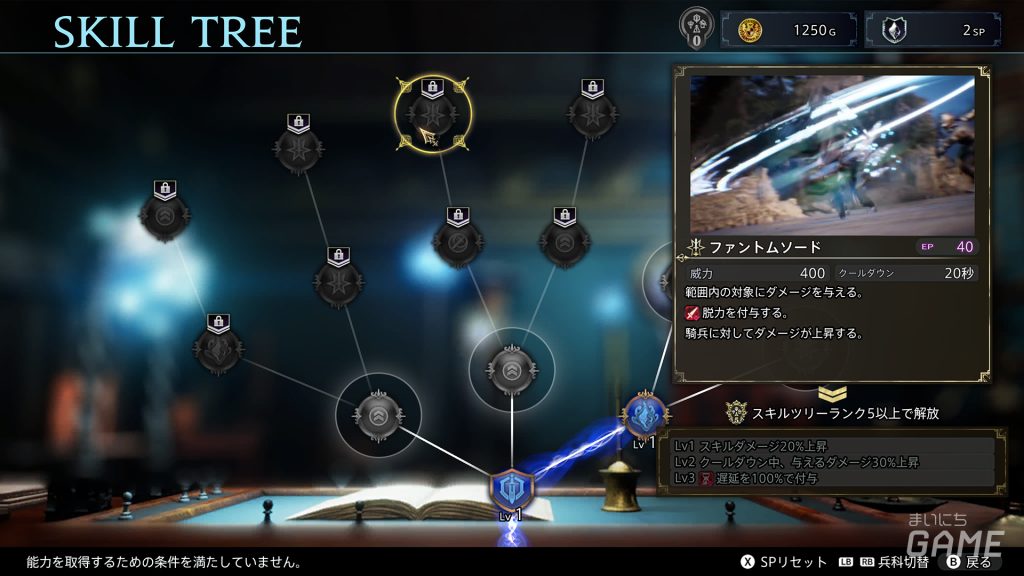
Wrong balance?
Character problems
The characters themselves can eventually be added to about 15 people, but only 8 characters can spawn and no other characters will receive any experience points. In addition, the difference in the abilities of the characters is severe, and it feels like it can be roughly divided into melee attacker, remote attacker, tank, healer, caster (wizard), but as an example, the attack power of the main character Andrias, who is a melee attacker, is very high, and it is quite different from other characters.
Also, as mentioned above, since experience points are given only to characters who are spawning, there will inevitably be a level difference, and if you use a character that is close to the recommended level of each quest from around the middle of the game, it will be even more limited. The quest itself can be done as many times as you like, so you can do so-called level-up work, but the number of requests for level averaging is very large, and I feel that the specifications are not suitable for the current era. (I think it’s probably not supposed to be used that way.)
The amount of money required is strange
In this game, money is required everywhere such as weapons, accessories, strengthening so-called summoned beasts called magic balls, and developing weapons, but the only way to obtain them is the reward for completing quests, and the amount of reward is small, making it difficult to upgrade satisfactorily.
In the end, this is also one of the factors that limit the characters used, and even though there is an enhancement system in place, it is cleared without being partially used.
Story & Worldview
Basically, it is a hard-nosed story that depicts a power struggle by the state and the people involved in it, and if you make it a keyword, it will feel like politics, power, factions, and religion.
There are monsters for the time being, but they are just one type of creature in this world, and they are not very related to the story itself.
There are also problems with the storytelling, which may have something to do with the fact that the character of the main character “Andriaz” is calm and calm, and the mercenary group “Blue Fox” that he will lead is not going to be in a big pinch, but it lacks excitement as the story progresses in a casual manner from beginning to end.
There are some things in the story that surprise the player, but the story direction is mostly narration and still image commentary, or a little dialogue between the characters, so I don’t know if it should be rough or badly directed.
Graphic issues
If I may start with something defensive, the stages of this work have a diorama texture (whether it looks like that or not), and I have the impression that the character modeling is also a little figure-like.
However, although the textures and other details seem finely rendered, there are some areas where the modeling technique is clearly poor, such as in the hair, beard, and detailed parts of the costume.
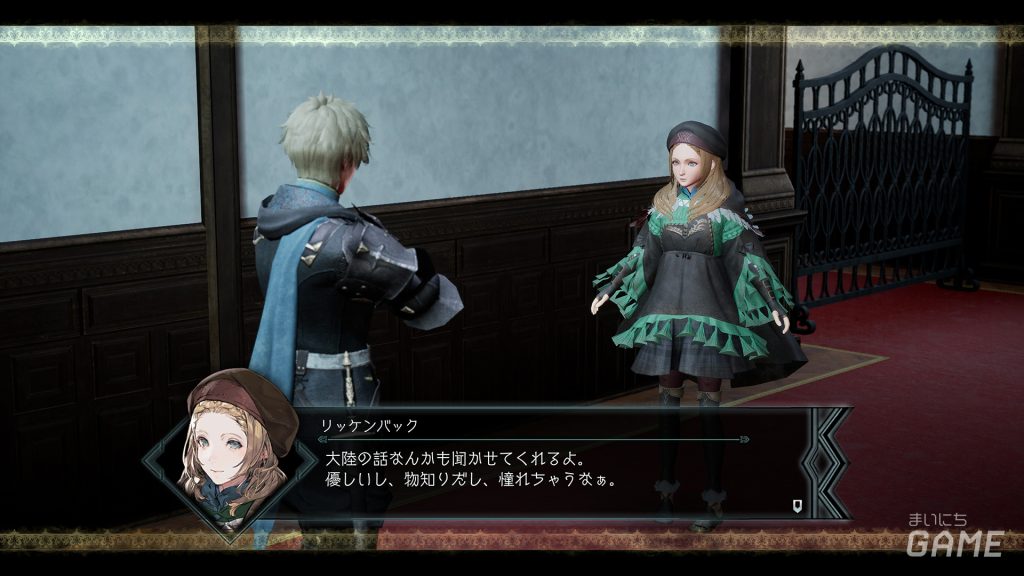
Also, in each cutscene, there are blinks and mouth movements during the conversation, but the facial expressions do not change significantly, and many of the characters have a rather casual personality, which gives the impression that the production is further affected.
An ambitious but thin game in every aspect
As an RPG system, I get the impression that we have tried a new mechanism, but as an RPG, there are only 7 main stories (1 chapter can be played in the trial version). I can’t say that it is impressively drawn due to the weakness of the production side.
In addition, since you can only spawn 4 units and there are few skill variations, there is no change or expansion of the gameplay from around the middle of the game.
Although there are many characters, some of the performance differences are severe, and there are problems with both the system and the story, such as the presence of all but the main characters.
If this game had been released at such a price as an indie title, it might still have been convincing in some aspects, but although there are various elements, all of them are a system that feels shallow, and if all aspects are thin, I honestly feel that there is no way to recommend it at full price (although it may be a little cheap).
Even if you play, I think it’s time to buy when it becomes cheaper due to sales.